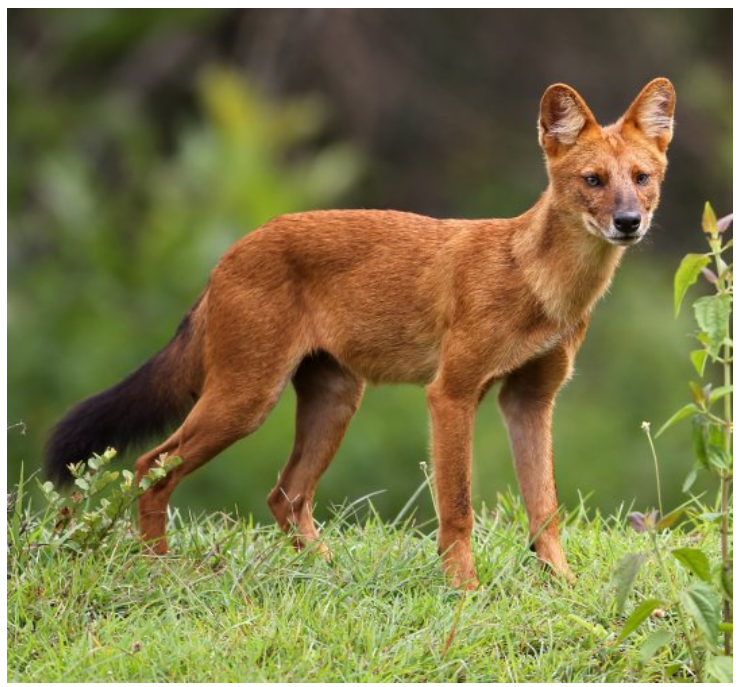ForumIAS announcing GS Foundation Program for UPSC CSE 2025-26 from 19 April. Click Here for more information.
ForumIAS Answer Writing Focus Group (AWFG) for Mains 2024 commencing from 24th June 2024. The Entrance Test for the program will be held on 28th April 2024 at 9 AM. To know more about the program visit: https://forumias.com/blog/awfg2024
What is the news?
A recent study has identified 114 priority talukas/tehsils where habitats can be consolidated to enhance population connectivity for the Dholes. The study was conducted by scientists from the Non-profit Wildlife Conservation Society–India (WCS-India), National Centre for Biological Sciences, Bengaluru, University of Florida, United States, Non-profit Conservation Initiatives and Centre for Wildlife Studies, Bengaluru.
What are the key findings of the study?
The study found that the Western and Eastern Ghats is a stronghold region for dholes. On the other hand, Central India appeared to be weak in terms of connectivity.
The findings suggested that having a special focus on habitat patches, protected areas and talukas can facilitate the movement of Dholes especially between the Western Ghats and the Eastern Ghats. For that, the study has identified 114 priority talukas/tehsils.
About Dhole

It is also known as the Asiatic wild dog, red dog, and whistling dog. It is about the size of a German shepherd, but looks more like a long-legged fox.
Furthermore, it is a highly social animal, living in large clans without rigid dominance hierarchies and containing multiple breeding females.
They are native to Central, South, East Asia, and Southeast Asia.
Habitat: Dholes occupy a wide variety of climates and habitats, including dense forests, scrub, steppes, and alpine regions. They vary in colour from charcoal grey to rust-red to sandy beige, depending on their habitat.
India: They are found in Western and Eastern Ghats, Central Indian landscape and North East India.
Conservation Status of Dhole
They are listed under
Schedule II species under the Wildlife Protection Act, 1972.
Endangered by the International Union for Conservation (IUCN).
Under Appendix II of theConvention on International Trade in Endangered Species of Wild Fauna and Flora (CITES) list.
Threats
- Depletion of prey base
- Habitat loss and transformation
- Retaliatory killings due to livestock predation
- Disease and pathogens and
- Competition with other species like Tigers and Leopards for prey.
Source: This post is based on the article “Conserving India’s dhole population: Study earmarks 114 talukas” published in Down to Earth on 11th October 2021.




